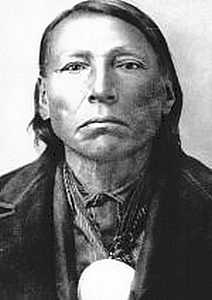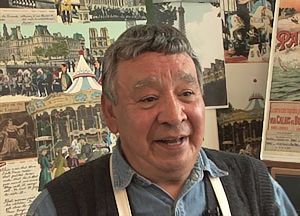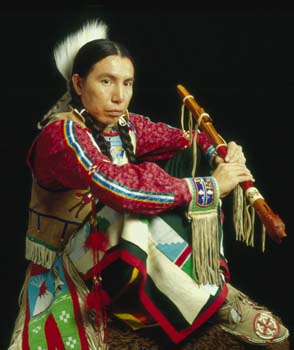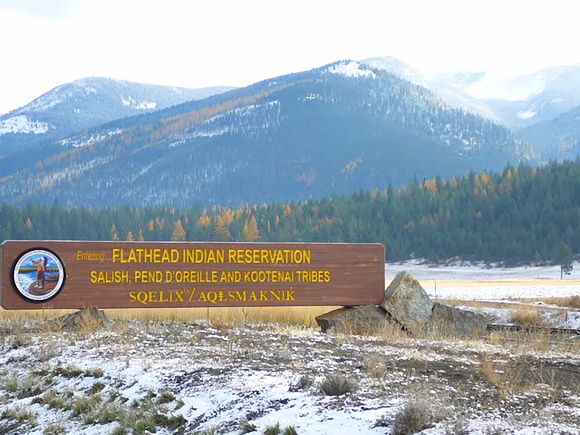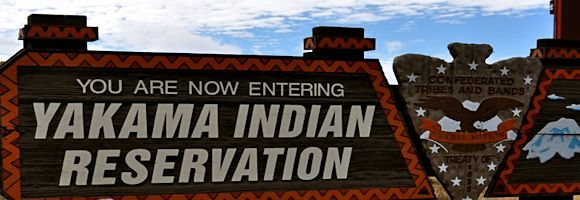The Pueblo Revolt of 1680, also known as Popé’s Rebellion, was an uprising of most of the Pueblo Indians against the Spanish colonizers in the province of Santa Fe de Nuevo México, present day New Mexico.The Pueblo people killed 400 Spanish and drove the remaining 2,000 settlers out of the province. Twelve years later the Spanish returned and were able to reoccupy New Mexico with little opposition.
Native American Tribes of the United States
Recent Posts
Tiguex War
22 ViewsThe Tiguex War was the first named war between Europeans and Native Americans in what is now the United States. It was fought in the winter of 1540-41 by the expedition of Francisco Vázquez de Coronado against the twelve or thirteen pueblos of Tiwa Indians as well as other Puebloan tribes along both sides of the Rio Grande, north and south of present-day Bernalillo, New Mexico, in what was called the Tiguex Province.
Bloody Island Massacre
23 ViewsThe Bloody Island Massacre (also called the Clear Lake Massacre) occurred on an island called in the Pomo language, Bo-no-po-ti or Badon-napo-ti (Island Village), at the north end of Clear Lake, Lake County, California, on May 15, 1850. It was a place where the Pomo had traditionally gathered for the spring fish spawn. After this event, it became known as Bloody Island.
Wind River Indian Reservation
21 ViewsWind River Indian Reservation is an Indian reservation shared by the Eastern Shoshone and Northern Arapaho tribes of Native Americans in the central western portion of the U.S. state of Wyoming. Today, the tribes are offically are known as the Shoshone Tribe of the Wind River Reservation and the Arapaho Tribe of the Wind River Reservation.
Bluejay Finds A Wife
22 ViewsBluejay was a trickster who enjoyed playing clever tricks on everyone, especially his sister Ioi. As she was the eldest sister, Bluejay was supposes to obey her. But he deliberately misinterpreted what she said, excusing himself by saying, “Ioi always tells lies.”
Ioi decided that it was high time for Bluejay to quit his playful life of trickery and settle down with a wife. She told him that he must select a wife from the people of the land of the dead, who were called the “Supernatural People”. Ioi recommended that Bluejay choose an old woma for a wife and suggested the recently deceased wife of a chief.
Here is a list of 10 of the most interesting native American authors I have found. Some of their works will shed light on activism, culture, and history, while others expose the challenges of living on reservations or establishing an identity in the modern world. All are beautiful, well-written pieces of poetry, prose, and non-fiction that are excellent reads, regardless of the heritage of their authors. This list touches on just a few of the amazing Native American authors out there and can be a great starting point for those wanting to learn more about native americans.
Chief Hump, Minniconjou Lakota
26 ViewsEtokeah
Chief Hump
Minniconjou Lakota
(ca. 1848-1908)
Etokeah, a Minniconjou Lakota war chief, known to the whites as Chief Hump, was a great leader. He is especially known for his skills during the 19th Century Lakota-US Government battles. His exact birth date and facts of parentage were not recorded. However, he first came into public notice in 1866. Then, he led the charge against Captain William Fetterman’s soldiers outside Fort Phil Kearney in Wyoming.
Pizi
Chief Gall
Huηkpapa Lakota
(ca. 1840-1895)
“Man Who Goes in the Middle,” or Pizi, a Hunkpapa Sioux chief, was one of the major Indian field commanders at the Battle of the Little Bighorn. Anglo Americans know him as Chief Gall.
Arthur Amiotte, Oglala Lakota Artist
21 ViewsArthur Amiotte (Wanblí Ta Hócoka Washté or Good Eagle Center) is a native American artist (American painter, collage artist, educator, and author) who was born on the Pine Ridge Reservation in 1942 and raised between the Reservation and Custer, South Dakota. He is a member of the Oglala Lakota Oyate.
Bryan Akipa, a member of the Sisseton Wahpeton Dakota Nation, is a self-taught flute maker, flute player and traditional woodcarver.
The Sioux Drum
22 ViewsThe drum is not just a musical instrument. To the Lakota, Dakota and Nakota people, it holds great cultural and symbolic power. They believe the drum has a life of its own, as well as its own powerful spirit. The drum is the heartbeat of the Indian Nation. It carries the heartbeat of Mother Earth and calls the spirits and nations together.
The area between the Cascade Mountains and the Rocky Mountains in Washington, Oregon, Idaho, British Columbia, and Western Montana is known as the Plateau Culture area. From north to south, it runs from the Fraser River in the north to the Blue Mountains in the south. Much of the area is classified as semi-arid. Part of it is mountainous with pine forests in the higher elevations. This is an area which is drained by the Columbia River.
Flathead Indian Reservation
22 ViewsYakama Indian Reservation
22 ViewsMount Adams, the Klickitat River and the Yakima River are among the defining features of the 1.2 million-acre Yakama Indian Reservation in south central Washington.
The Indian Shaker Church Religion
21 ViewsThe Indian Shaker Church is a Christian denomination founded in 1881 by Squaxin shaman John Slocum and his wife Mary Slocum in Washington. The Indian Shaker Church is a unique blend of American Indian, Catholic, and Protestant beliefs and practices. The Indian Shakers are unrelated to the Shakers of New England (United Society of Believers) and are not to be confused with the Native American Church.
